 |
| June 25, 2020 |
Dear Reader,
Here are highlights from today's top news: - A suite of experiments that use the gene-editing tool CRISPR–Cas9 to modify human embryos have revealed how the process can make large, unwanted changes to the genome at or near the target site.
- Physicists have filled in the last missing detail of how nuclear fusion powers the Sun, by catching neutrinos emanating from the star's core.
- The newest generation of climate models is running hotter than earlier versions, with many predicting stronger future warming than their predecessors. It may be due to how they incorporate clouds.
Also, as lockdown restrictions ease in the US, many cities and states still require wearing a mask to help stop the spread of COVID-19. Our illustrated guide explains what you should know about face coverings, and offers best practices for personal protection. |
| | Sunya Bhutta, Senior Editor, Audience Engagement
@sunyaaa | |
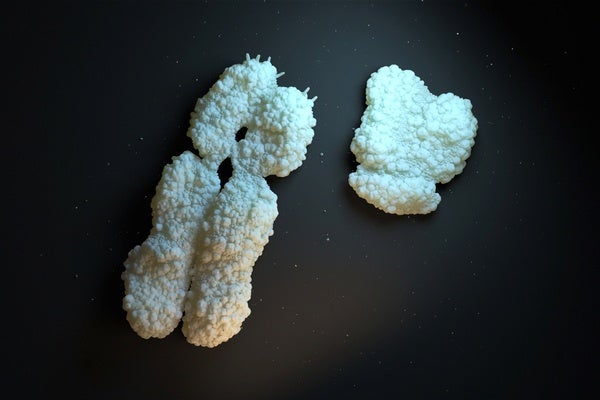 |
| |
| |
| |
| |
| |
| |
| |
| |
| |
FROM THE STORE
 | | | |
| |
FROM THE ARCHIVE
 | | | |
LATEST ISSUES
 |
| |
| Questions? Comments?  | |
| Download the Scientific American App |
| |
| |




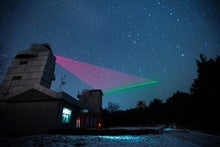

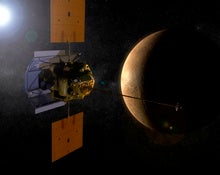
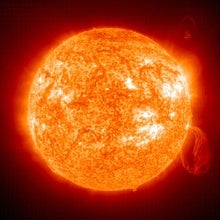


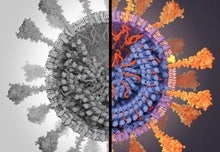
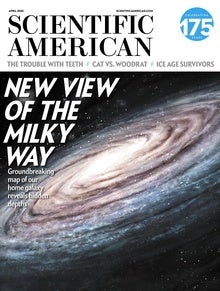

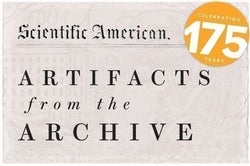
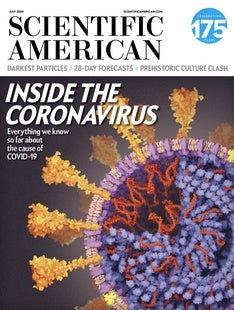

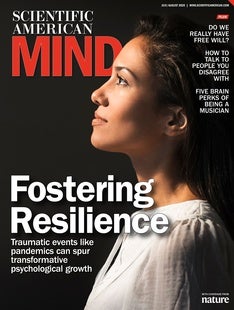
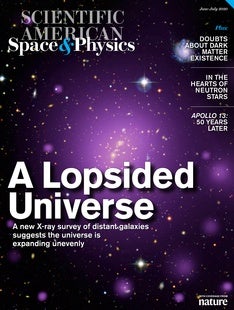
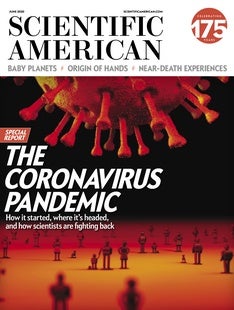



Comments
Post a Comment